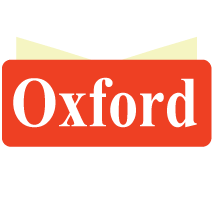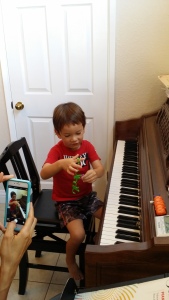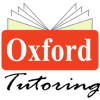Is it enough for students to simply comprehend their school readings? While reading comprehension is necessary for doing well in school, in order to experience success in current and future schooling, students will be required to go beyond what they see on the surface and dig deeper into the text.
This is where the process of close reading can make all the difference. Close reading is when we slow down and think about what we are reading. An important step in close reading is to annotate, as this allows for greater focus and attention to detail. Keep reading to learn how to annotate when you are practicing the art of close reading.
Comprehension of Key Ideas and Details
Unfamiliar Vocabulary
To help yourself determine the meaning of the vocabulary word, find context clues. If necessary use a dictionary.
Main Ideas
Take notes on the central themes, clues or details that back up the main idea and themes.
Confusing Parts
Find unfamiliar details that you might need to clarify through re-reading, summarizing, discussion or research.
Questions to Ask
Who are the main characters?
What is the setting?
What is the main conflict?
Analyze the Text for Craft and Structure
Repeated Themes or Ideas
Think about the genre of the work and the ideas, use of language, and any lesson or moral.
Character or Author’s Feelings
For fiction, take note of how the author uses dialogue, descriptions, things the character says, does, etc. to develop character.
When it comes to non-fiction, pay attention to how the author talks about the subject to determine his or her feelings about the topic.
Note the Narrator’s Point of View
Determine how the point of view contributes to the story.
Questions to Ask
Why do characters behave as they do?
How do their actions advance the plot?
How does the author’s word choice affect the story’s tone?
Integrate Your Knowledge
Connections
Compare and contrast this work with other works you have read, information you already know, and ways in which you can relate to the story.
Deeper Meaning
Find the important images and symbols to analyze their deeper meaning.
Effective Writing
Look for literary devices, figurative language, powerful sentences, etc.
Questions to Ask
How has this work increased my knowledge of a subject or author?
What is surprising about the story’s outcome?
What did I appreciate about the author’s style?
Tools for Annotation
Make your annotation system your own, use colored pens, highlighters or symbols to annotate for the above list of items.
This process of annotation will help you read more closely and allow you to dig deeper to find more significance in the texts you are reading. This will not only provide more depth to your schooling, but will also be an influence on your life.
![]()








